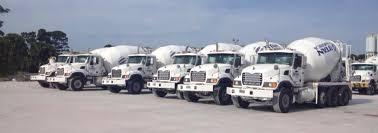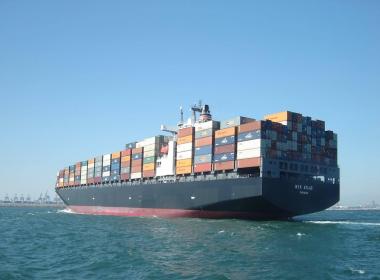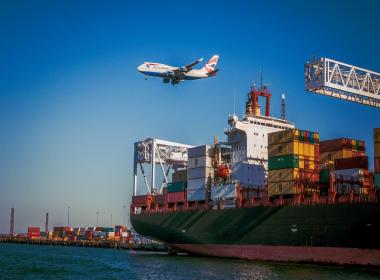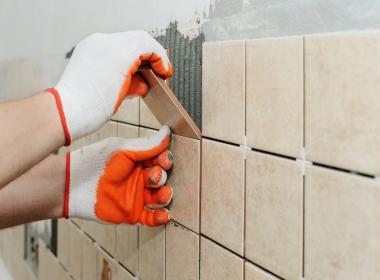
Building roads, dams, buildings, offices and centers, parking areas, slabs, countertops, and everything else, Concrete is the basic product. It has been in existence since ancient times and is proven to be the most trusted and durable substance on earth. Its consistency becomes harder and more difficult over time making it an appropriate component. First, not many concrete alternatives existed, but now several types of concrete are available on the market for various applications. One is a concrete blend on construction. As time passes, new houses and industrial buildings are produced with more concrete in mind. As the name implies, this type of material is blended at the site. Concrete itself is not a substance but a raw material resulting in the final concrete form. These components are the combination of water, concrete, and rock. The final composition of the concrete is reached when all three are mixed. Now the simplicity of preference for dissimilar purposes is used in various ratios. Mix on-site concrete is used for the construction of dams and highways, for example is not identical. The concrete used for slabs or countertops and constructions is equally different.
Variance in Ratios:
The variation in ratios also facilitated the simplicity of preference rather than the use of a single form for all tenacities. The concrete blend may also attain different dimensions by the specifications. Given that residential and commercial buildings bear the weight of the whole building, it is essential to use the highest possible strength and thickness of the concrete to remove the possible simple fractures, risk of falling, or other malfunctions due to multiple floors of a commercial building. If thick quality were used, people who work or live in these buildings will be endangered.
On location, there is more to mix on-site concrete as used for road construction. The mixture has asphalt added. When highways and heavy cars face traffic all the time. This ensures that the roads are not facing gaps because of heavy traffic, and instead apply rock to asphalt to make the combination harder and not easier to destroy.
Qualities:
Concrete is chosen for such tenacities because it has the properties necessary for the construction of all the above-described necessities. First, energy is not transferred, so it's incredibly secure. It is also freezing, which ensures that the structure is cold and not too hot in summers. It is not readily susceptible to flames. That is why you might have found that when a building fires, the building does not burn at once but holds the temperature as long as it can, giving ample time to evacuate people. The foundation will eventually be burned after hours of the fire. The coherence and durability of the concrete will be unchangeable until it hits the site. The advantages of mixing the concrete in the plant are that when it hits a building site, its strength and durability remain the same because of the correct combination of raw materials and regulated conditions in the plant where the raw materials are blended for Mix on-site concrete production.
Also read about:
10 Types of Massages Which one is Right For You
Elements of Modern Bathroom Furniture UK
5 Digital Marketing Trends To Invest In This Year








